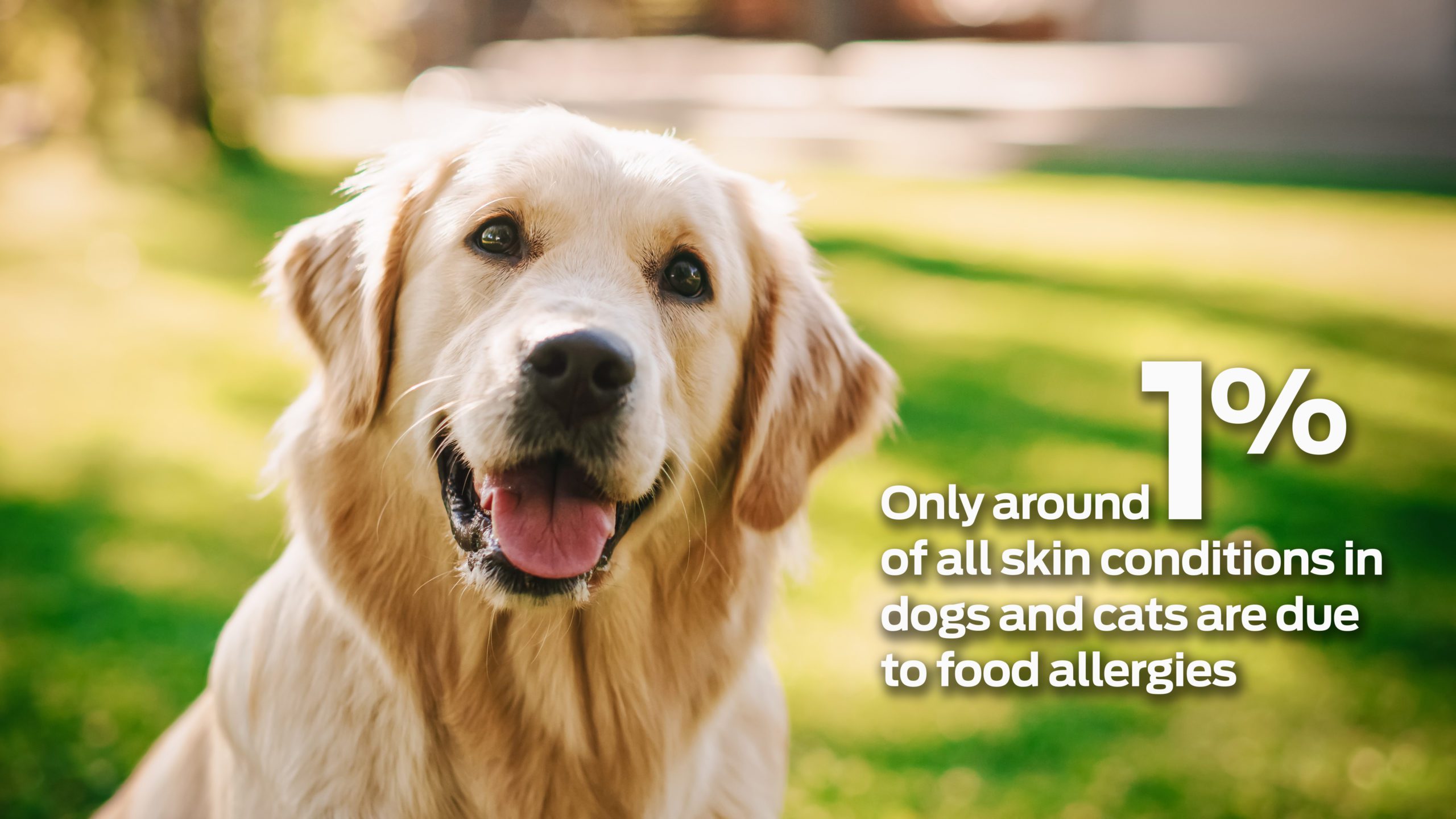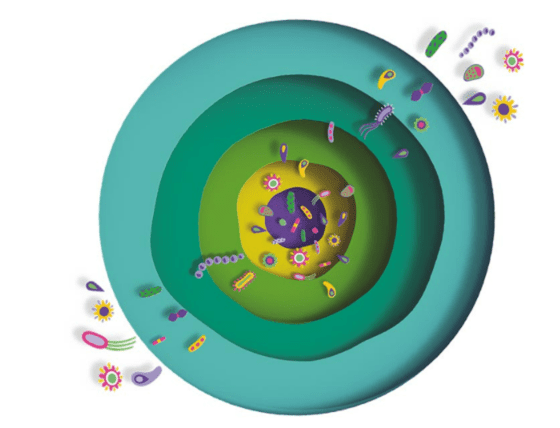28 Apr 2022
An update on the key roles that nutrition plays in maintaining skin and coat health, as well as its use in the management of some dermatological conditions.

As the largest organ in the body, the skin plays a key role as a barrier, minimising water loss and protecting the body from environmental insults, meaning that using nutrition to support the skin and coat can be beneficial to the overall health and well-being of patients.
Skin disease currently accounts for around 21% of the caseload seen by vets in general small animal practice1. Although adverse food reactions are often perceived by owners to be the most common cause of skin disease, food allergies only account for around 1% of dermatological cases2.

The epidermis is renewed every three weeks, and protein plays a crucial role in supporting this, so it’s important to consider the type, quality and levels of protein in the diet.
In patients with suspected adverse food reactions, reducing the number of protein sources may be beneficial. It’s also important to try and avoid the proteins that are commonly responsible for food allergies, for instance, chicken, beef and dairy in dogs, and fish, beef and chicken in cats5. Many high-quality commercial diets designed to support pets with dermatoses will intentionally exclude these proteins.

IMAGES: (Left) Illustration to show that 95% of the hair structure is composed of protein. Specific amino acids are important for fibroblast formation and collagen synthesis, (Right) Adapted from; Mueller et al., 2016. Table showing percentage of dogs and cats displaying adverse skin reactions to particular types of food.
Both omega-6 and omega-3 essential fatty acids (EFAs) play an important role in the normal inflammatory response, with omega-6 EFAs working to ‘promote’ inflammatory processes, and omega-3 EFAs acting to help to reduce inflammation. This means that adjusting the levels of these fatty acids can influence the degree of inflammation in the body, which can have beneficial effects that help to manage skin disease.
The optimal omega-6:omega-3 fatty acid ratio currently remains unknown.
Dogs’ skin is inhabited by rich and diverse microbial communities, and dogs with allergic skin disease have been found to have lower species richness compared to healthy dogs10. Research has also found that intestinal microbiota differences, and impairment of the intestinal mucosal barrier, could be involved in the pathogenesis of human atopy, as the microbiome can affect potentiation and development of skin disease through immune system regulation and cytokine production – and there appear to be parallels between atopic humans and atopic dogs. These findings support current speculation that manipulation of the skin and intestinal microbiome could play a role in the management of atopic dermatitis in the future11.
Probiotic products differ widely in composition and number of microbes, but several products appear to have an immunomodulatory effect and could play a role in the management of canine atopic dermatitis. The exact mechanism by which the gut affects the skin is only just beginning to be understood; however, immune system modulation and microbiome variation appear to play important roles. Further studies are warranted in this area to allow future recommendations, but probiotics could become a useful adjunct treatment in some dogs with atopy.

Zinc is involved in keratinocyte migration and wound healing, and there are also several syndromes associated with zinc deficiencies, with typical pathological findings including parakeratosis and dyskeratosis. Zinc is a key component of the diet, and one of the most common deficiencies that develop in dogs that are fed home-prepared diets12. Although many commercial dermatological support diets contain increased levels of zinc, these will not be at the therapeutic levels needed for most zinc responsive dermatoses, so additional daily oral zinc supplementation is indicated.
Nutrition plays a key role in skin health and so, when managing skin conditions, selecting a diet with a nutritional profile that is appropriate for a specific patient can play a key role in the resolution of dermatological signs and can also minimise the likelihood of future flare-ups of skin disease. In the majority of atopy cases, selecting a dermatological support diet that contains many of the nutrients discussed above at increased levels, rather than a hypoallergenic hydrolysed diet is key.
Alongside pharmacological agents and topical products, nutrition can play a fundamental role in the successful management of patients with a variety of skin conditions. There are now several commercially available dermatoses diets that can be beneficial when used in the management of skin conditions.